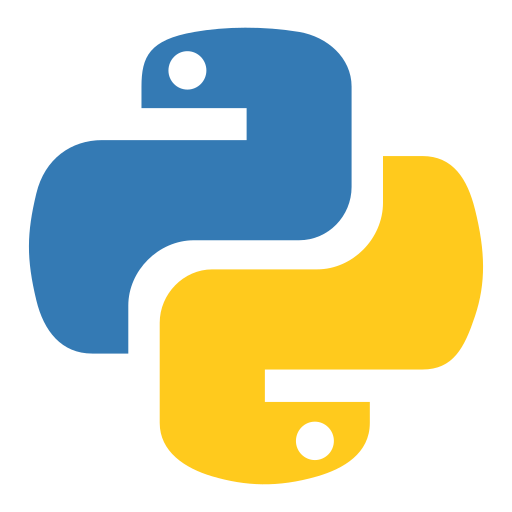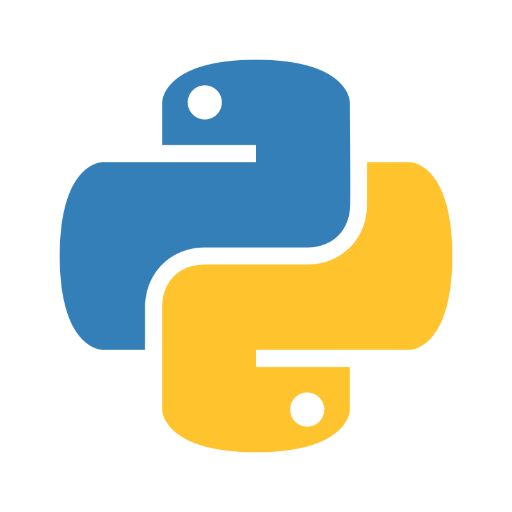Python Quant-Python Quant tools for finance.
AI-powered tools for quantitative finance.
Friendly, professional Python Quant expert, making educated assumptions.
How to analyze stock data with Python?
Guide me through the Black-Scholes model in Python.
Recommend Python tools for quantitative finance.
How can I plot financial trends in Python?
What are the commonly used Python libraries in finance?
Can you recommend some git repos for quantitative finance
Related Tools

Excel GPT
The worlds most powerful Data Analysis assistant.
Excel analysis
Analyze your excel spreadsheet

Advanced Python Assistant
A friendly Python programming assistant, ready to assist you.

Quant Finance
PhD level knowledge in Quant Finance, market data, news, and advanced browsing

Python GPT by Whitebox
Python made easy. Maintained by Whitebox at https://github.com/Decron/Whitebox-Code-GPT

Quant coder
I translate market insights into trading algorithms.
20.0 / 5 (200 votes)
Introduction to Python Quant
Python Quant is designed to assist users in understanding and writing Python code for quantitative analysis and financial modeling. Its primary focus is on utilizing libraries such as pandas, numpy, scipy, and matplotlib, as well as specialized libraries for finance like VectorBT, QuantLib, pyfolio, yfinance, and TA-Lib. Python Quant also integrates tools for machine learning and deep learning, such as scikit-learn, PyTorch, TensorFlow, and Keras. The service is built to help both beginners and seasoned professionals in finance, mathematics, and computer science. It provides detailed programming support, including examples and scenarios relevant to real-world financial analysis. For instance, a user might need to analyze time-series data for stock prices using `pandas` and `numpy`, and Python Quant would provide the necessary code and guidance to efficiently perform this task.

Main Functions of Python Quant
Quantitative Finance and Financial Modeling
Example
Using QuantLib to model and price a European option.
Scenario
A financial analyst wants to model the pricing of European options using QuantLib. Python Quant provides the necessary code and explanations to implement the Black-Scholes model for option pricing, including setup, calibration, and simulation.
Data Analysis and Visualization
Example
Analyzing stock price data using `pandas` and visualizing trends with `matplotlib`.
Scenario
A data scientist is tasked with analyzing the historical stock prices of a company. Python Quant helps the user load the data using `pandas`, perform time-series analysis, and visualize the results with `matplotlib`, highlighting trends and patterns.
Machine Learning for Financial Predictions
Example
Building a machine learning model to predict stock price movements.
Scenario
A quantitative trader wants to predict future stock prices using historical data. Python Quant provides guidance on how to preprocess data, select features, and build a predictive model using scikit-learn or TensorFlow, ensuring that the model is optimized for performance.
Ideal Users of Python Quant
Quantitative Analysts and Financial Engineers
These users are deeply involved in financial modeling and quantitative analysis. They benefit from Python Quant by receiving expert guidance on implementing complex financial models, such as Monte Carlo simulations or interest rate modeling, using libraries like QuantLib or VectorBT.
Data Scientists and Machine Learning Practitioners in Finance
These users focus on applying data science and machine learning techniques to financial data. Python Quant helps them by providing code examples and support for building predictive models, conducting time-series analysis, and automating trading strategies using Python libraries like scikit-learn, TensorFlow, and PyTorch.

How to Use Python Quant
Visit aichatonline.org for a free trial without login, no need for ChatGPT Plus.
Start by navigating to the aichatonline.org website, where you can access Python Quant without the need to log in or subscribe to ChatGPT Plus. This provides you with full access to the platform's features for your quantitative finance needs.
Ensure Python and relevant libraries are installed.
Before using Python Quant, make sure you have Python installed on your system. Additionally, install essential libraries such as pandas, numpy, scipy, and specialized finance libraries like QuantLib and VectorBT to fully utilize the platform's capabilities.
Familiarize yourself with common use cases.
Understand the scenarios where Python Quant can be most beneficial, such as financial modeling, backtesting trading strategies, or analyzing financial data. This will help you apply the tool effectively in your projects.
Integrate Python Quant with your workflow.
Incorporate Python Quant into your existing workflow by using it to enhance your data analysis, financial computations, or machine learning models. The platform supports a wide range of financial and analytical tasks, making it versatile for various applications.
Leverage community resources and documentation.
Make use of the extensive documentation and community resources available for Python Quant. Whether you're troubleshooting issues or exploring advanced features, these resources can provide valuable support and guidance.
Try other advanced and practical GPTs
Briefly
AI-powered text condensation, simplified.

BizToc Official
AI-powered business news at your fingertips
Coloring books
AI-powered designs for creative coloring.
Frappe GPT
AI-powered Frappe and ERPNext expert

PEC - English
AI-powered English learning, personalized and precise.
SEO BlogGPT - 100% SEO Optimized Blog Writer
AI-Powered SEO Content at Your Fingertips
Drupal Coder
Your AI-Powered Drupal Development Assistant.

Dating Profile GPT
Unleash your personality with AI-driven dating profiles.

Pencil Drawing Art
Transform your images into stunning pencil drawings.

Comprehensive Company Research
AI-Powered Comprehensive Company Research Tool

Longform Blog Cyborg
AI-powered tool for detailed blog creation.

Next.js Doc Expert
AI-powered expert for Next.js 14.

- Risk Management
- Financial Modeling
- Data Science
- Quantitative Analysis
- Algorithmic Trading
Python Quant Q&A
What is Python Quant used for?
Python Quant is designed for quantitative finance tasks, such as financial modeling, algorithmic trading, risk management, and data analysis. It provides a range of tools and libraries tailored for analyzing financial data and developing trading strategies.
Which libraries are essential for Python Quant?
Key libraries include pandas for data manipulation, numpy for numerical computations, scipy for scientific computing, QuantLib for quantitative finance, and VectorBT for backtesting strategies. These libraries form the backbone of Python Quant's functionality.
How does Python Quant handle backtesting?
Python Quant leverages VectorBT, a powerful backtesting library, allowing users to test trading strategies on historical data. It supports fast computations and a wide range of financial instruments, enabling robust backtesting and performance analysis.
Can Python Quant be used for machine learning in finance?
Yes, Python Quant integrates with popular machine learning libraries like scikit-learn, TensorFlow, and PyTorch. This allows users to develop and train models for predicting market trends, optimizing portfolios, or managing risk.
Is Python Quant suitable for beginners?
Python Quant is suitable for both beginners and experienced professionals. Beginners can start with basic financial calculations and gradually move on to more complex tasks like backtesting or machine learning, thanks to the extensive documentation and community support.